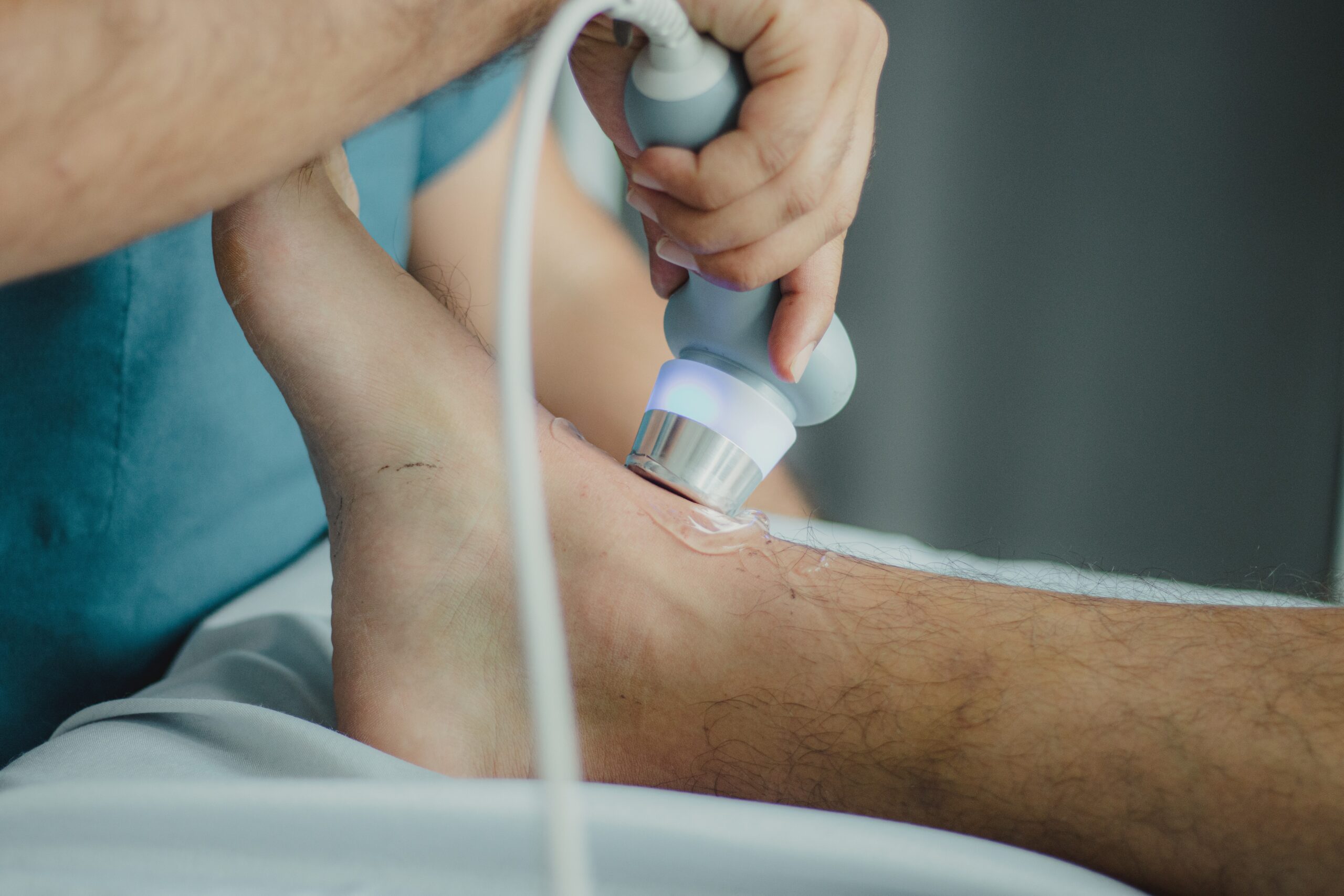After a stroke, a person may lose control of certain muscles. One common muscle that may be affected is the foot drop. This muscle is located in your lower leg, and it helps you lift your foot when you walk.
If this muscle is not functioning properly, you may experience a condition called foot drop. This condition occurs when one or both of your feet do not come up to the level of your knee as you walk. It can be very frustrating for the patient and their loved ones who are trying to help them recover. Fortunately, there are many ways that a person can improve their foot drop after a stroke.
1. Physical Therapy
Physical therapy is one of the most effective ways to improve foot drop after a stroke. This type of treatment involves exercises that help strengthen the leg muscles and balance exercises that help you walk without losing your balance. Physical therapists will also have you walk on a treadmill or in a pool.
The treadmill allows you to simulate walking while in water and helps keep you from falling or injuring yourself if you lose your balance. If your physical therapist notices that your foot drop is due to weakness in certain leg muscles, they may recommend exercises to help strengthen these muscles.
These exercises are designed to strengthen the muscles of the leg that are weak due to the stroke. They can be performed in the comfort of your home and are very easy. They include Ankle Dorsiflexion, Assisted Toe Raises, Ankle Eversion, Ankle Plantarflexion, Heel Raises, and Heel Slides.
2. Ankle Foot Orthotics
Foot orthotics are a type of footwear that provides support and stability to the foot. They can help prevent foot drops, improve your balance and walking patterns, and prevent injury. Various types of foot orthotics can be used to help prevent foot drops. These include an AFO brace, walking boot, ankle brace, and a foot orthotic.
These braces are worn outside of your shoes and socks. They can be worn all day long to help prevent foot drops by providing extra stability for your ankles while walking or standing. They provide support by pressing against the lower leg muscles as you walk or stand. This provides additional stability for your ankles, which helps prevent foot drops caused by weakness in the ankle muscles.
3. Electrical Stimulation
Electrical stimulation is a type of treatment that uses electrical impulses to help improve the function of muscles. It is used to help improve the strength and function of muscles in the feet, legs, and hips that are weak or do not work properly. It also treats foot drops caused by nerve damage or other conditions.
When the electrical current is applied to the muscles in your lower legs, they contract to increase the strength of your ankles. This results in the activation of the ankle muscles, which decreases muscle weakness and prevents foot drops.
4. Surgery
Surgery is a treatment option that may be used to correct foot drop symptoms. The most common surgery for treating foot drops involves the removal of the affected nerves in the lower legs and replacing them with “donor nerves” from other of your body parts. This surgery can effectively correct nerve damage and restore movement to the lower legs https://www.webmd.com/a-to-z-guides/foot-drop-causes-symptoms-treatments.
5. Brain Stimulate to Improve Foot Mobility
Brain stimulation is a treatment that uses electrical impulses to stimulate the motor nerves in your brain. It treats foot drop symptoms caused by a lack of nerve signals, such as when the nerves in the lower legs are damaged.
The electrical impulses produced by brain stimulation can stimulate your nervous system and promote muscle activation, which increases your ability to walk. Brain stimulation corrects nerve damage and weakness, leading to improved foot mobility.
Conclusion
Foot drop is a common disorder that may occur after a stroke. Foot drop symptoms can be very debilitating and frustrating. They can make your daily activities difficult or even impossible. However, several treatment options can help with foot drop symptoms. Your doctor will be able to determine which treatment option is best for you and provide you with the most effective treatment possible to get your feet moving again.

